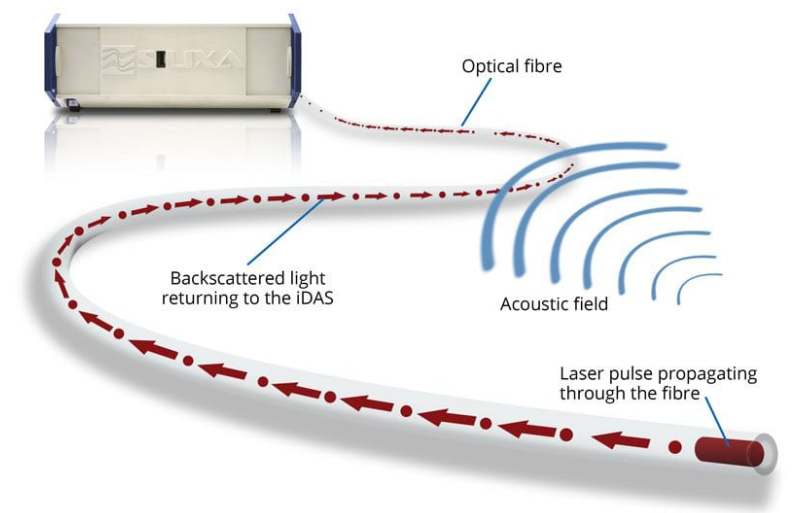introduction
In the past 10 to 20 years, advances in sensors and data acquisition technology have improved the portability of seismic instruments. Although seismometers can provide sub second ground motion monitoring and have very high time resolution, only dense sensor networks can locate the movement of objects. Sparse fixed seismic network is often difficult to meet the needs of early warning and scientific research of geological disasters.
Distributed acoustic sensing (DAS) is a brand-new seismograph. Its emergence subversively changes the coverage of seismic monitoring network. It can record the dynamic strain signal generated by seismic waves on tens of kilometers long optical line in the frequency band from quasi-static to 10000 Hz. Globally, silixa is undoubtedly the leader in distributed optical fiber acoustic sensing technology.
Company profile

Silixa was founded in 2007 to develop and commercialize a new generation of optical fiber sensing system. Over the past decade, silixa has become the world's leading provider of optical fiber data solutions, addressing the most critical measurement challenges in the fields of alternative energy, mining, environmental and Earth Sciences, infrastructure and oil and gas.
Technical principle of intelligent distributed optical fiber acoustic sensing system (idas)

Figure: working principle of idas
Idas technology measures the acoustic signals of all points along the optical fiber for several kilometers. The optical fiber is used as the sensing unit to inject a series of laser pulses into it. The backscattered signal generated by the signal in the optical interior is transformed into the strain rate record sampled every few meters along the optical fiber.
This backscattered light returns to idas along the fiber for sampling. The time synchronization of laser pulses allows backscattering events to be accurately mapped to the fiber distance.
Once the optical pulse has propagated to the end of the optical fiber and any reflection has propagated back to the interrogator, the optical fiber can be considered "dark" and subsequent laser pulses can be introduced without the risk of interference. For each laser pulse, the entire fiber distance is sampled at each point along the length (usually every 1 meter).
The result is continuous acoustic sampling along the entire length of the optical fiber without crosstalk, with a frequency range from millihertz to more than 100kHz and a dynamic range of more than 120dB.
Advantages of silaxa's idas Technology

Figure: intelligent distributed optical fiber acoustic sensing system
Idas of silixa company in the UK is a real optical fiber acoustic sensing system because it faithfully reproduces the sound of phase, frequency and amplitude. This function is essential for advanced processing technology used in many applications, and is not common for several Das systems that may not be able to provide the amplitude stability or phase accuracy required for advanced processing in the current market.
A key distinguishing feature of silixa idas is the ability to make equally excellent measurements on single-mode and multimode fibers, which allows silixa to retrofit idas to an existing multimode fiber installation or use DTS multimode cables to perform the full range of idas services.
For more information:
Silixa official website: https://silixa.com
Sanhe detection official website: http://www.lanwair.com/